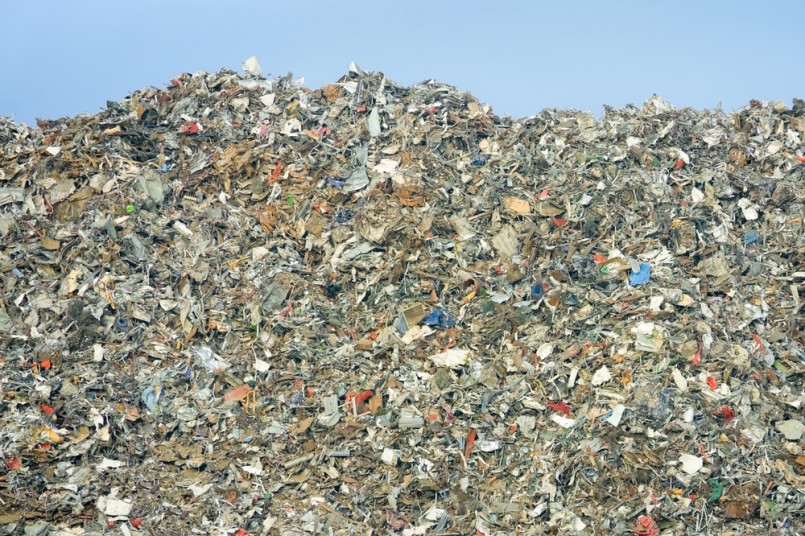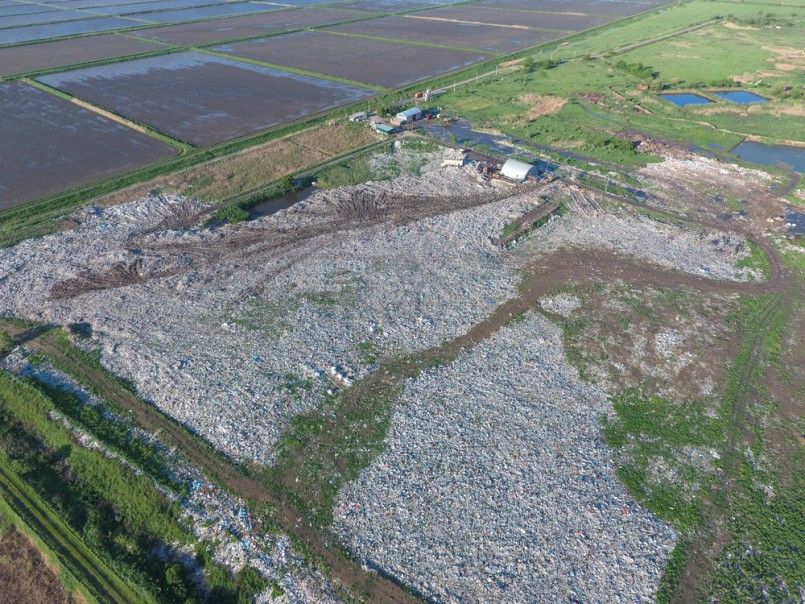Environment
America’s trash problem and why we’re so oblivious

Image: Shutterstock/Steve Mann
We love garbage in this country. Not living with it, but making it. Americans produce more than seven pounds of trash per day per person. We produce a quarter of the world’s garbage, but only make up 5% of the world’s population.
That’s twice as much as we produced in 1960, and more than half of what an average Japanese person produces. About 59% of that went into landfills around 2012. 1% was recycled.
Now, trash is an uncomfortable subject. There’s something mildly traumatizing about staring into the face of waste and filth. Look at a pile of garbage, and you’re likely to see broken toys, rotted food and maybe an old mattress. Things that we just needed so badly and were once so important to us are reduced to nothing. It says something darkly poetic, if not maudlin, about our own mortality. Plus it smells. No wonder we don’t like to look at it.
Staring our trash in the face
To illustrate this point of how uncomfortable trash makes us, CNN took a look inside American’s largest landfill site, Puente Hills Landfill in Los Angeles. And this is one of the most state-of-the-art, well-maintained landfills in the world. Yet it’s still depressing to look at. It gets worse: photos of Puente Hills Landfill are juxtaposed against thin child workers in Cambodia sifting through garbage while heaps of the stuff burn in the background.
The height of the garbage piles at Puente Hills Landfill seem to rival a skyscraper, and the article starts out talking about the rat and cockroach residents. In the article, Edward Humes, author of “Garbology: Our Dirty Love Affair with Trash,” sounded in about what our problem with trash is.
The truth is, there’s something alluring and magical about rolling your trash to the curb every week, and then it does a fun disappearing trick. How many times have we all felt accomplished because we remembered to take out the trash, and now that’s done and out of our lives? We can move on to greener pastures in the form of new purchases.

Image: Shutterstock/Leonid Eremeychuk
The dark side of consumerism
And that’s the center of our trash problem: we’re a consumerist culture. We measure our progress by how much new stuff we’ve managed to procure, we get a thrill out of the purchasing process and there’s always a shiny new doodad around the corner. Shopping is a fun hobby for many of us, and getting something on sale is tantamount to winning at life.
Let’s face it: shopping makes most of us feel good. Perhaps you’ve heard of “retail therapy,” the funny little term for shopping after a bad day to feel good. Studies have shown that shopping actually does makes us feel good by boosting parts of the brain that increase mood and overall lead to more positive feelings. Finding just that right item releases the feel-good chemical dopamine and triggers the reward centers of the brain, leading to what some people call “shopper’s high.”
So does that mean we’re all doomed to mindless consuming, purchasing more and more stuff that will someday just end up in a landfill? Not necessarily.
Overcoming the trash problem
On an individual level, the key to fighting our trash problem is to curb our desire to over-consume and send everything to the magic trash disappear-o-matic (AKA the garbage can). It’s as simple as that.
The first step is to control spending and purchase only what you need with the occasional nice treat. Sounds likes something your grandma would say, but it’s still relevant today.
One trick is to remember that everything about shopping is carefully arranged to trigger those feel-good centers of the brain or encourage spending, everything from certain music to increase spending to cleverly strategized sales. By keeping that in mind, you may just be able see through the charade and stick to a shopping list. An old trick is that if you see something fun you like, give it a day or two, and see if you still want it.
Other than that, remember to donate or recycle used goods. Goodwill, donation drop-off sites like The Salvation Army or donating directly to non-profits are all convenient options.





0 comments